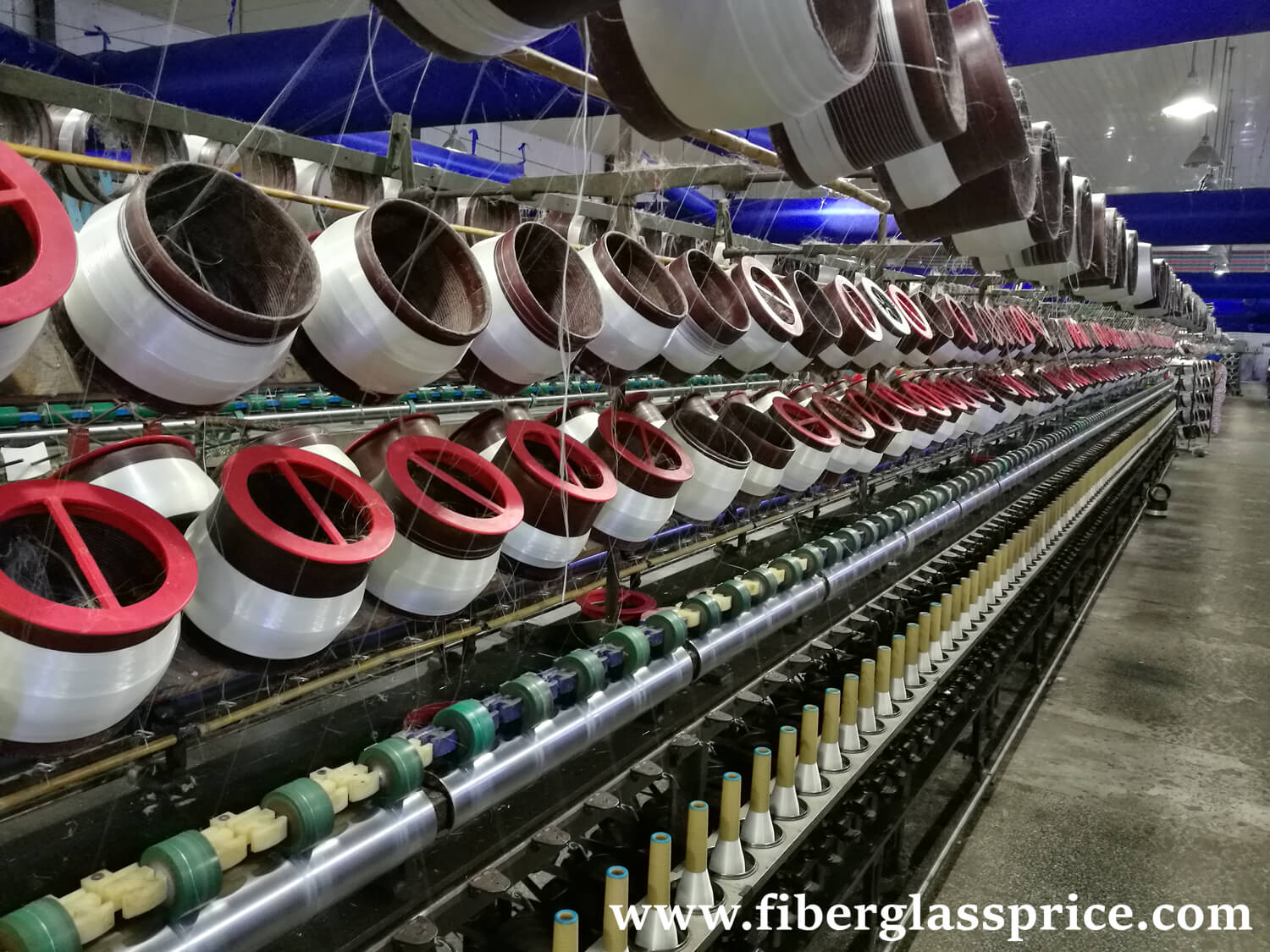Glass fiber is a kind of inorganic non-metallic material with excellent performance. The advantages are good insulation, strong heat resistance, good corrosion resistance, and high mechanical strength, but the disadvantages are brittleness and poor wear resistance. It is made of six kinds of ores of pyrophyllite, quartz sand, limestone, dolomite, boronite, and boronite as raw materials through high-temperature melting, drawing, winding, weaving and other processes. The diameter of its monofilament is several Micron to more than twenty microns, which is equivalent to 1/20-1/5 of a hair strand, each fiber strand is composed of hundreds or even thousands of monofilaments.

Glass fiber has a wide range of applications, and is usually used as a reinforcing material in composite materials, electrical insulation materials and thermal insulation materials, circuit substrates and other fields.
Due to the characteristics of glass fiber, more industries are using glass fiber extensively, but few people understand the Glass Fiber Manufacturing Process and rarely know how glass fiber is manufactured.
The main components of glass fiber are silica, alumina, calcium oxide, boron oxide, magnesium oxide, sodium oxide, etc. According to the amount of alkali in the glass, it can be divided into alkali-free glass fiber (sodium oxide 0% to 2%, belonging to Aluminoborosilicate glass), medium-alkali glass fiber (sodium oxide 8%-12%, which is boron-containing or boron-free soda-lime silicate glass) and high-alkali glass fiber (sodium oxide above 13%, which is sodium Calcium silicate glass).
Whether it is alkali-free glass fiber or medium-alkali glass fiber or high-alkali glass fiber, the manufacturing processes are the same.
- Two-time forming, crucible drawing method.
- One-time forming, pool kiln drawing method.
There are many processes in the crucible drawing method. The glass material is first melted into glass balls at high temperature, and then the glass balls are melted twice, and high-speed drawing is made into glass fiber precursor. This process has various drawbacks, such as high energy consumption, unstable molding process, and low labor productivity, and it is basically eliminated by large glass fiber manufacturers.
Pool kiln wire drawing method melts pyrophyllite and other raw materials in a kiln to form a glass solution, removes air bubbles and transports it to the porous slat through the passage, and draws it into glass fiber at high speed. The kiln can be connected to hundreds of shrouds through multiple passages for simultaneous production. This process is simple, energy-saving, stable molding, high-efficiency and high-yield, and is convenient for large-scale fully automated production. It has become the international mainstream production process. The glass fiber produced by this process accounts for more than 90% of the global output.
